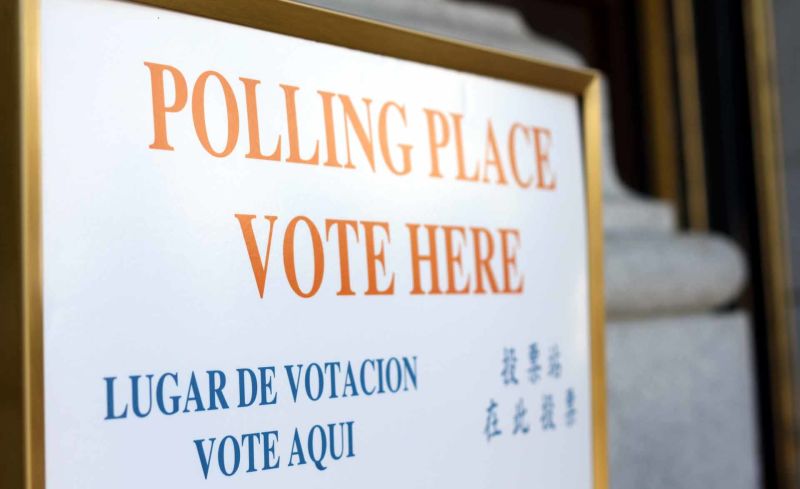Eighty-two percent of California's adults are eligible to vote, but only half will bother to cast ballots in 2016. And those who do vote will not reflect the state's diversity. That's a key takeaway of California's Exclusive Electorate, a new report from the Public Policy Institute of California (PPIC) examining voter participation.
The PPIC study found that the half of adults who vote tend to be older, whiter, more affluent and better educated than non-voters, who tend to be younger, Latino, renters and less wealthy than those who cast ballots.
While California's population is 42 percent white and 36 percent Latino, six in 10 California voters are white and only 18 percent are Latino.
The result, PPIC researchers say, is that the "haves" are making important decisions for the "have nots," and in a state that often makes critical public policy decisions at the ballot box, that creates the risk of undermining confidence in elections and government.
For example, PPIC found that when it comes to issues like bridging the gap between rich and poor, seven in 10 Californians who are not registered to vote think the government should do more to help low-income people. For likely voters, a little over 5 in 10 believe government should do more.
